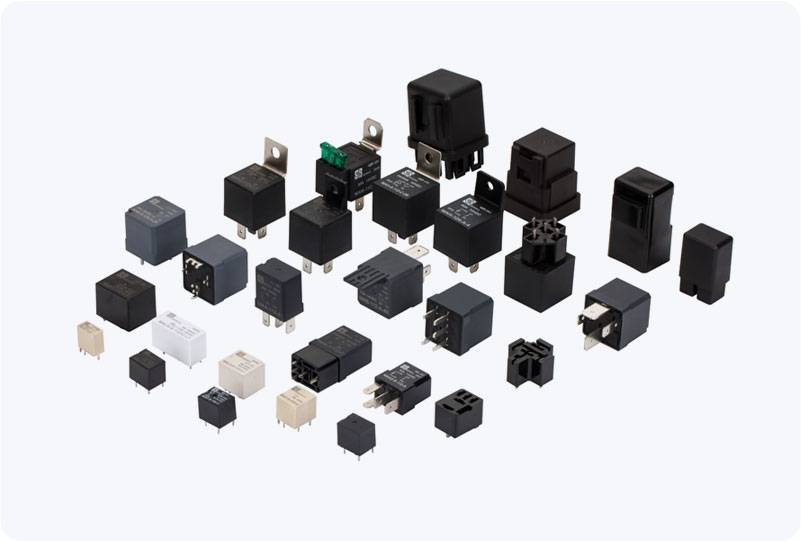In today’s fast-paced technological landscape, the need for precision, reliability, and automation has never been greater. One of the key components that ensure smooth operation in a variety of industries is the Time Relay. A Time Relay, often referred to as a timing relay or delay relay, is an electrical component that controls the switching of circuits based on time intervals. By introducing delays or timed intervals, these devices ensure that systems function efficiently, without human intervention, improving both safety and productivity. This article will explore the functionality, types, and applications of Time Relays, and highlight their importance in modern automation and control systems.

What is a Time Relay? A Time Relay is an electrical relay that activates or deactivates a circuit after a predetermined time delay. Essentially, it acts as a timer within an electrical circuit. The most common function of a Time Relay is to provide a time delay before initiating an action, such as turning on a motor, activating a heating system, or shutting down an industrial machine. The device operates by having an adjustable time delay, which can be set based on the user’s needs. This time delay can range from milliseconds to hours, depending on the application. Time Relays are commonly used in scenarios where precise timing control is essential for operation, preventing damage to machinery, ensuring proper sequencing in automated systems, or coordinating actions in complex processes.